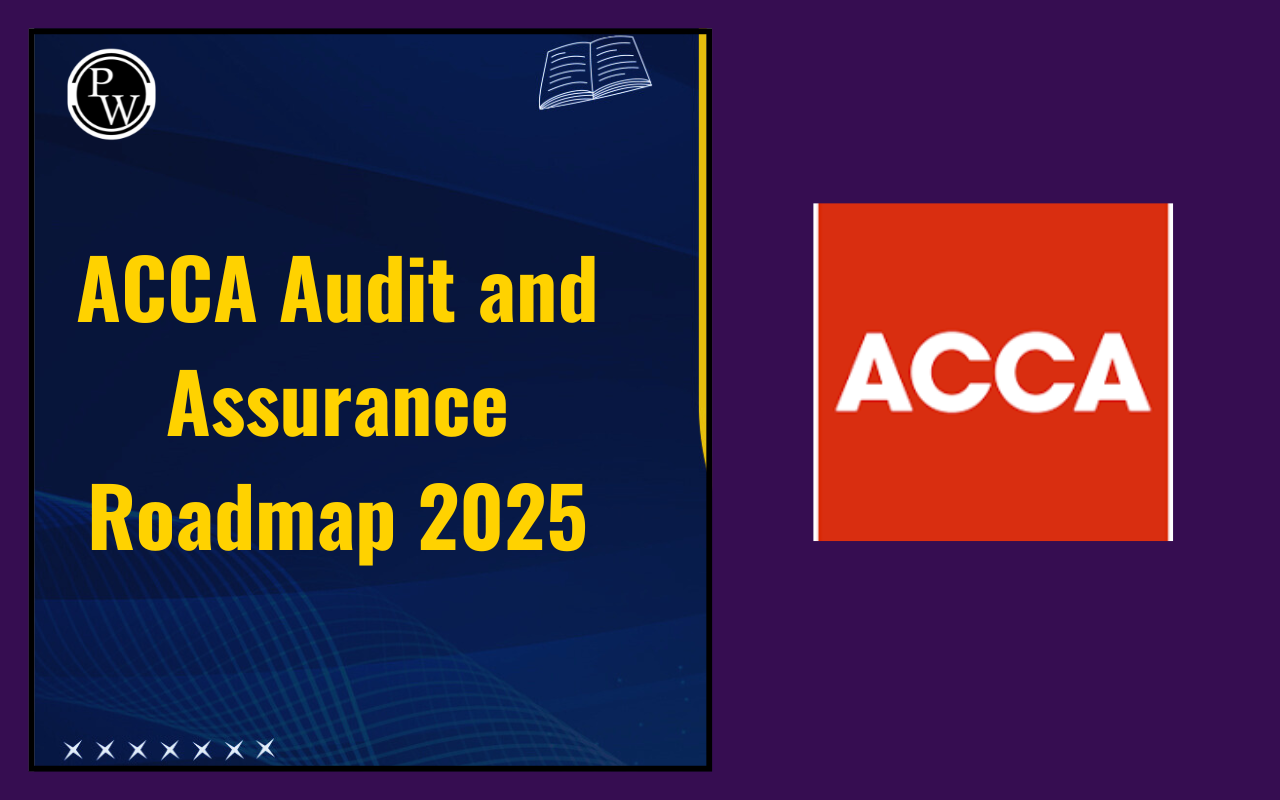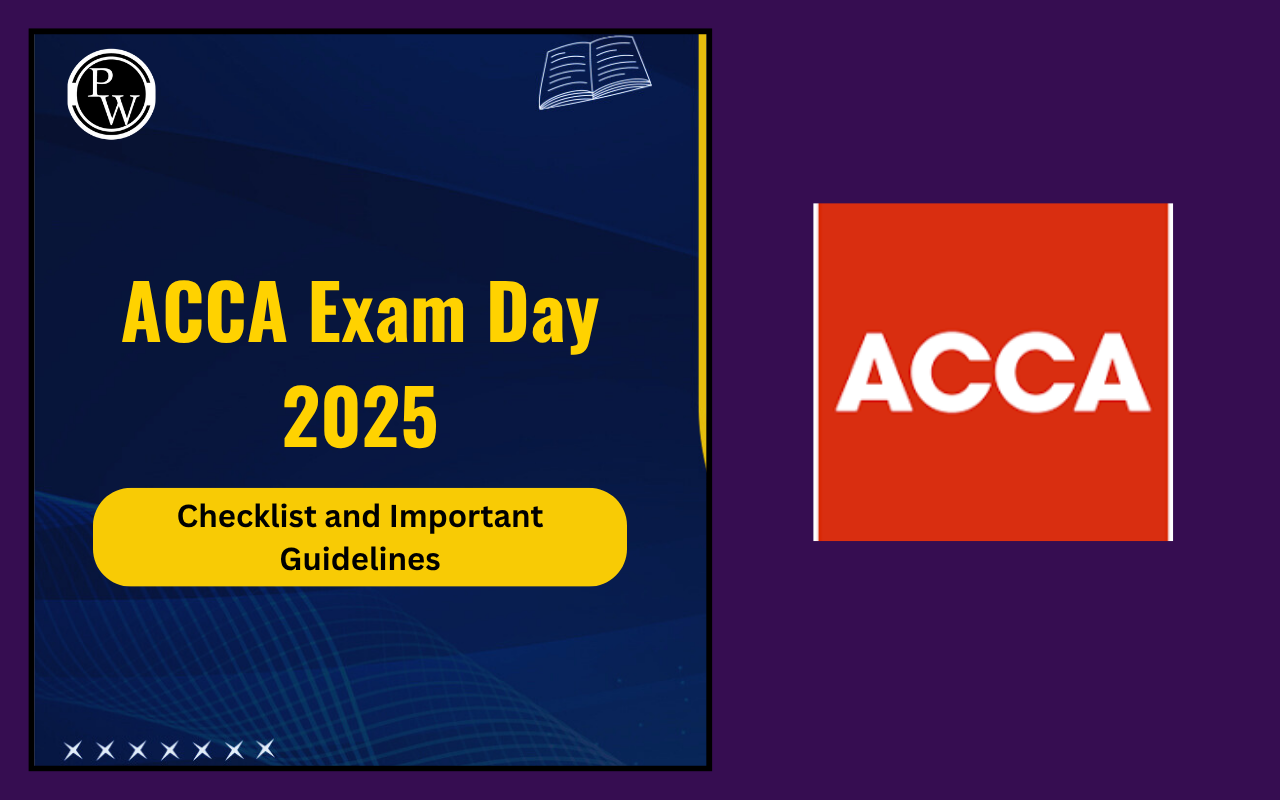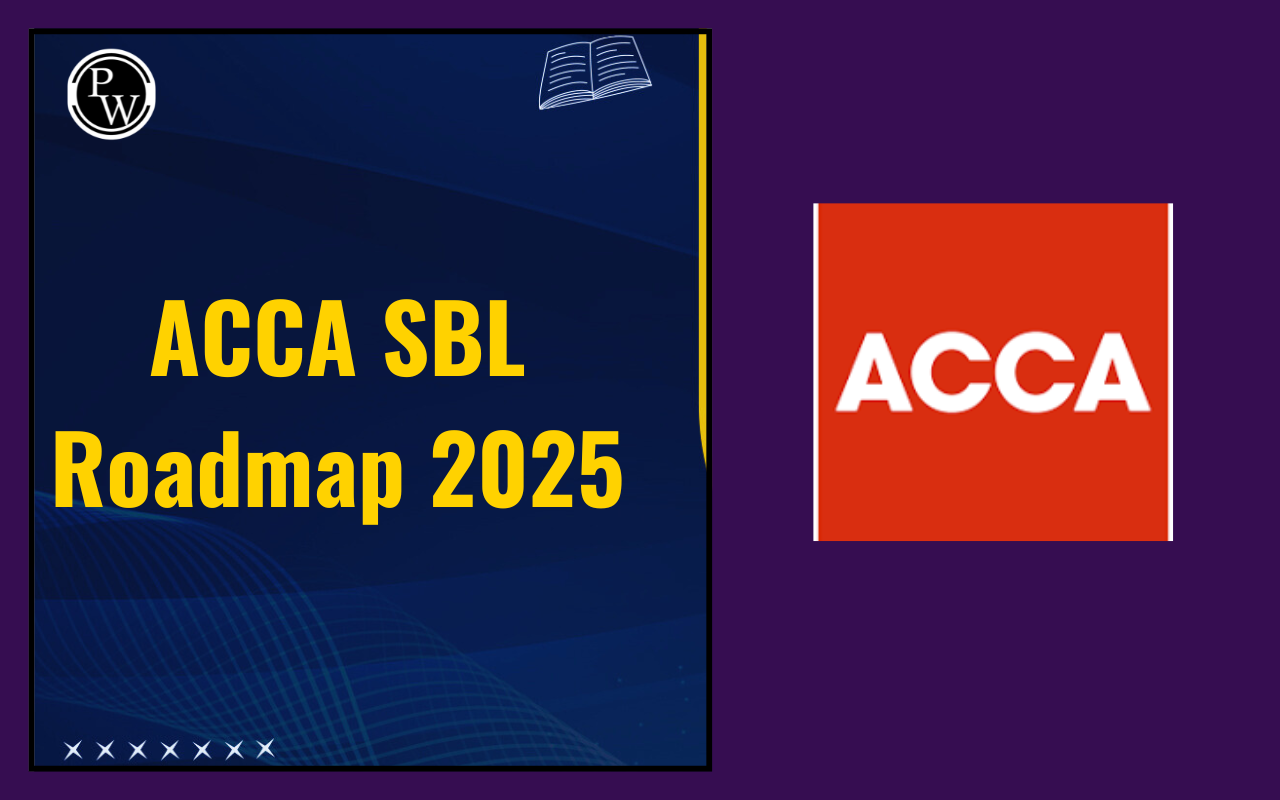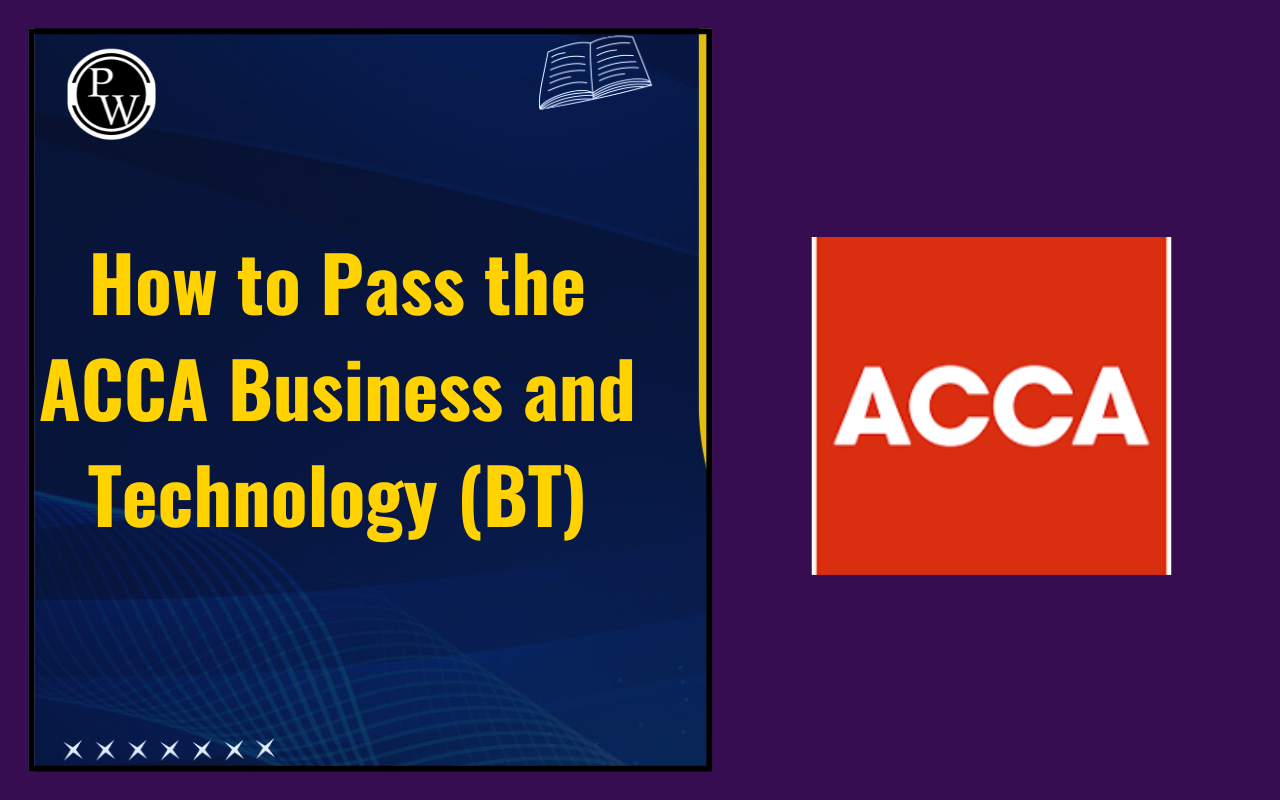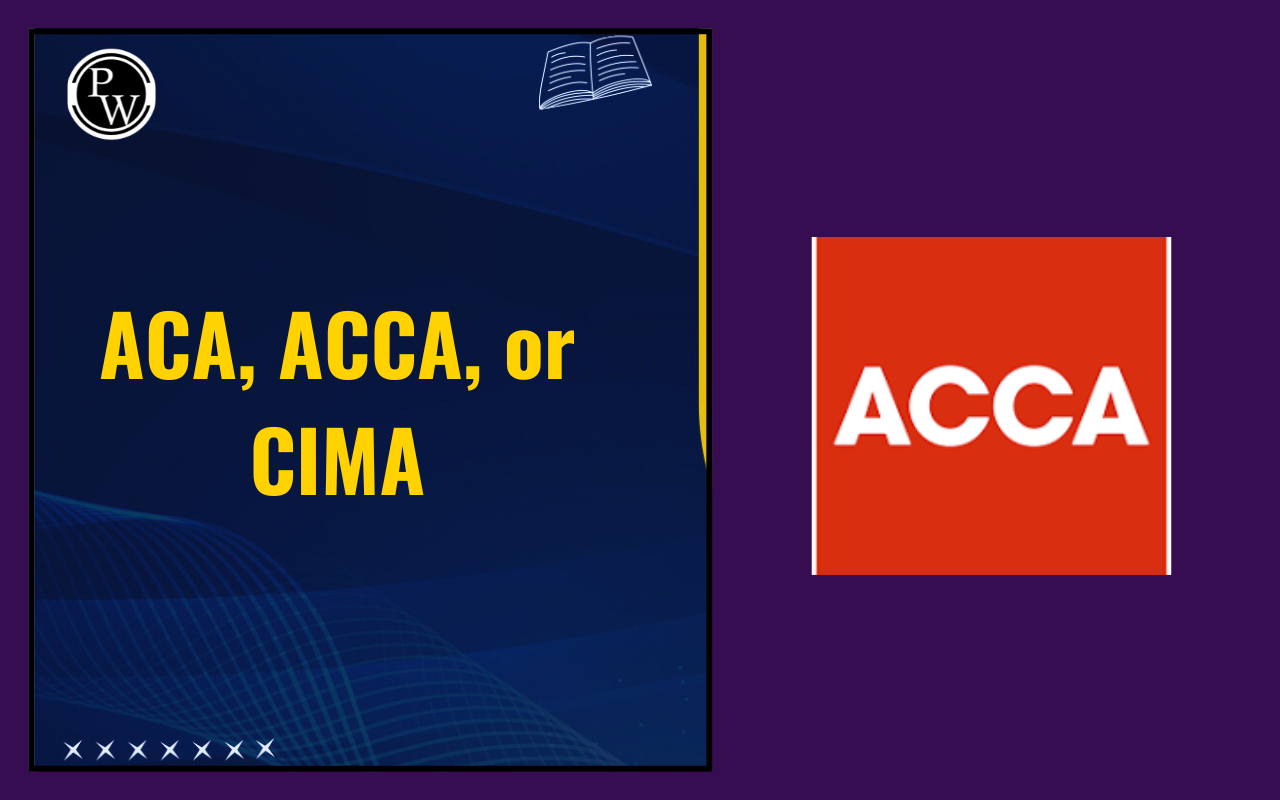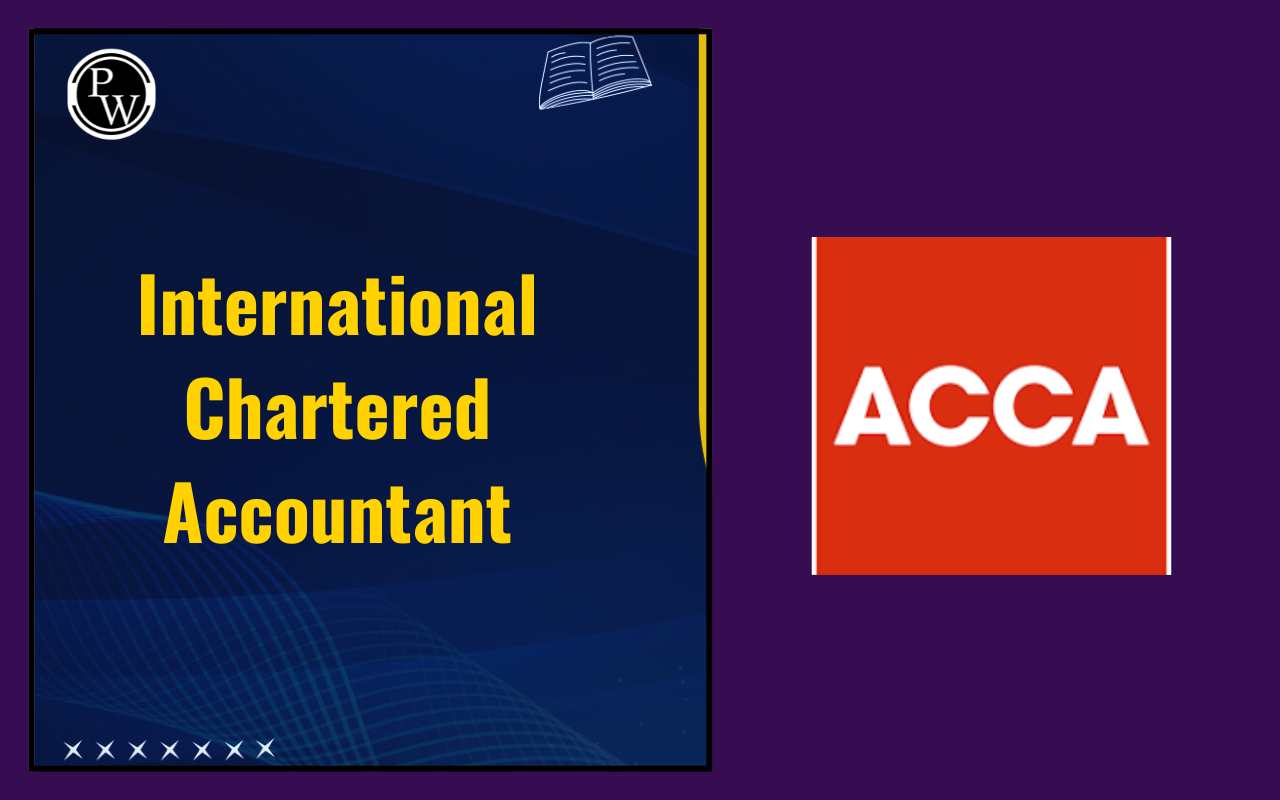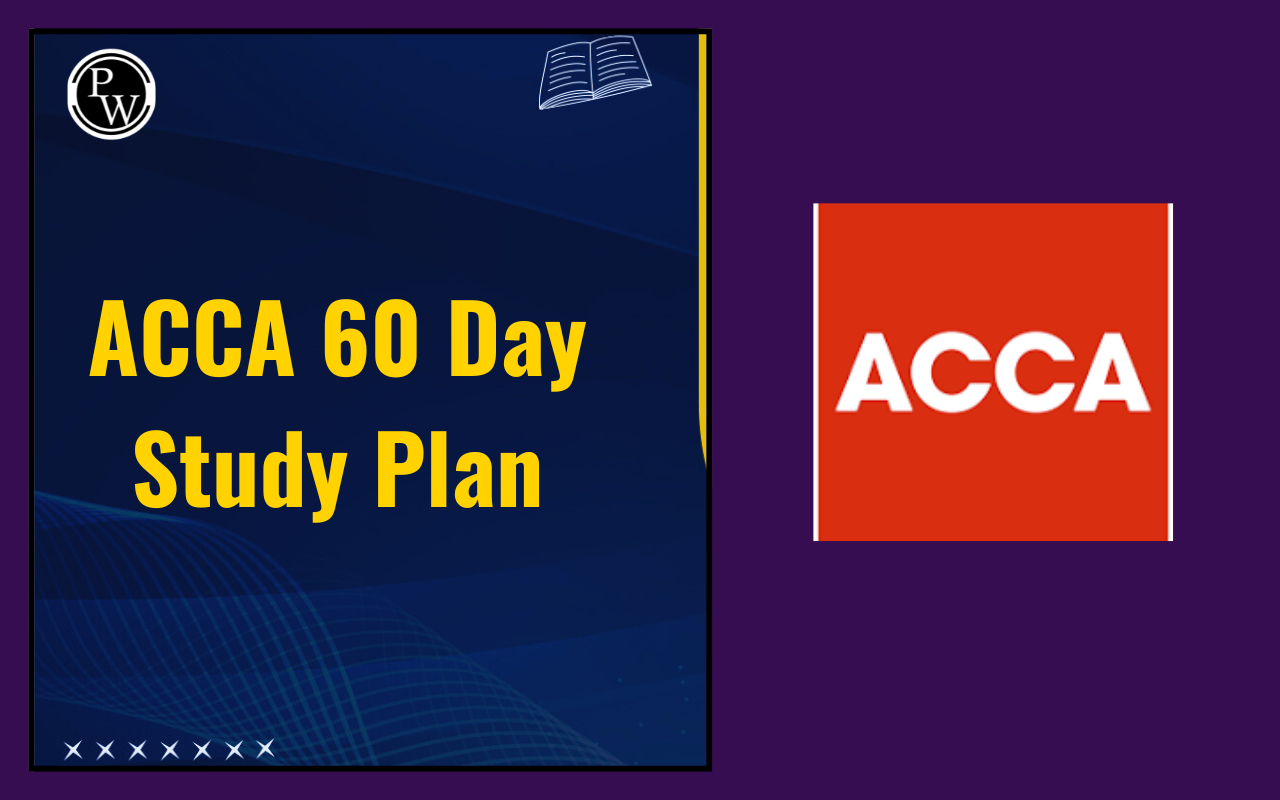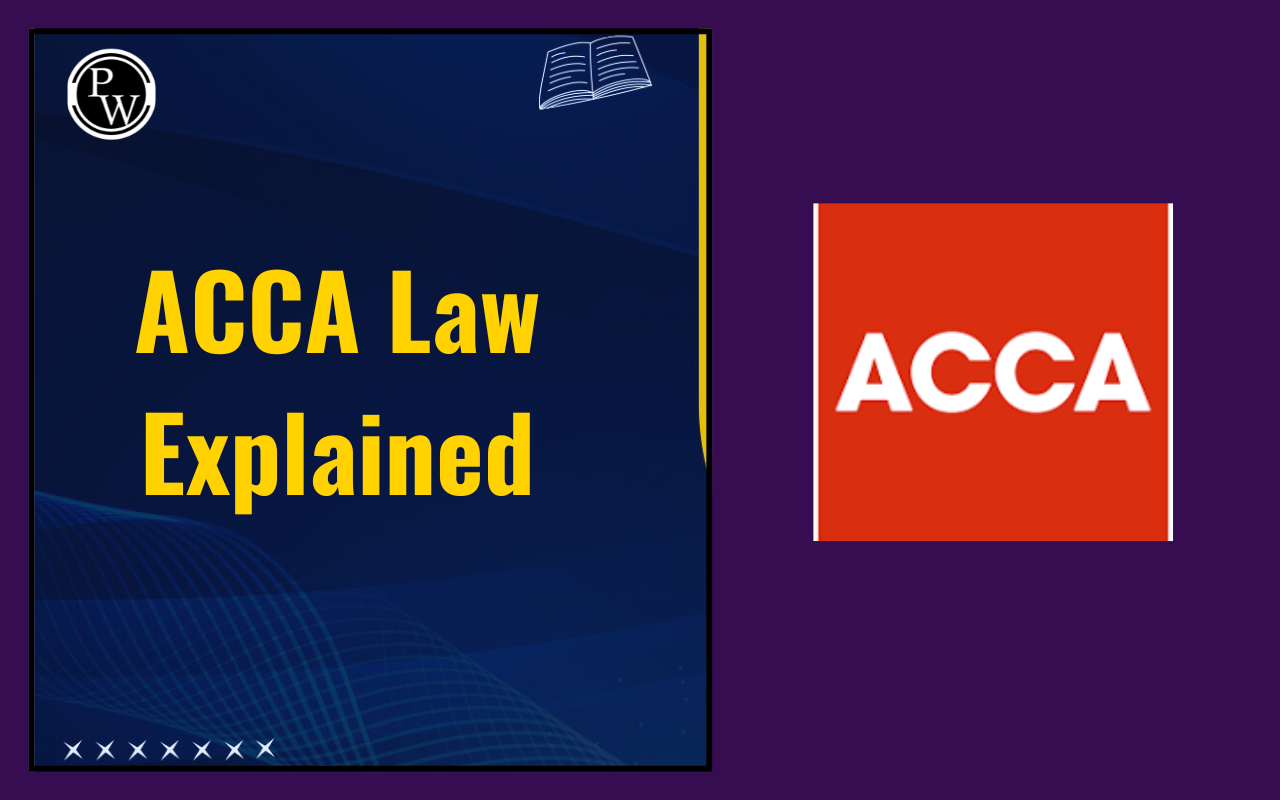
IAS 16 Property, Plant and Equipment: In accounting, many businesses own items that are used for a long time in daily operations. These are called Property, Plant and Equipment (PPE). To ensure these assets are recorded properly, the International Accounting Standards Board created IAS 16 Property, Plant and Equipment.
This standard is very important in financial reporting and plays a major role in ACCA Financial Accounting (FA/F3). Below, we will look at the meaning of PPE, the criteria for recognition, rules for measuring cost, subsequent valuation methods, depreciation, changes in estimates, disposal, and the role of an asset register. We will also solve some practice questions to understand the topic better.
What is IAS 16 Property, Plant and Equipment?
The property plant and equipment definition in IAS 16 describes PPE as tangible assets, which means physical items that can be touched and seen. These assets are used either for producing goods, providing services, or for administrative functions. They are not meant for resale in the normal course of business and are expected to be used for more than one accounting period, which is usually longer than one year.
For example, if a company purchases land to build a factory or buys a machine to produce goods, these items are treated as PPE. On the other hand, items purchased only for sale to customers are not PPE but inventory. The role of IAS 16 Property, Plant and Equipment is to ensure these long-term assets are properly recorded and reported.
Recognition Criteria of PPE
IAS 16 Property, Plant and Equipment makes it clear that not every purchase can be called PPE. For an asset to be recognized as PPE, two conditions must be satisfied. First, it should bring future economic benefits, such as helping to generate revenue or reduce costs. Second, the cost of the asset should be measured with reliability. If these conditions are not met, the item cannot be recorded as PPE in the accounts.
Initial Measurement of PPE
When PPE is acquired, it is recorded at cost. The cost is not just the purchase price. It also includes import duties, non-refundable taxes, site preparation, delivery, installation, and testing costs.
At the same time, certain expenses are excluded. Staff training costs, abnormal installation losses, and general overheads are not added to the cost of the asset.
| Initial Measurement of PPE | |
| Included in Cost | Excluded from Cost |
| Purchase price | Staff training |
| Import duties | Abnormal losses |
| Installation | General overheads |
| Site preparation | Advertising costs |
Example: If a company buys machinery for ₹5,00,000, spends ₹50,000 on installation, and ₹20,000 on training, the recorded cost will be ₹5,50,000. The training cost is excluded.
Subsequent Measurement of PPE
After recognition, PPE can be valued using either the cost model or the revaluation model.
| Subsequent Measurement of PPE | ||
| Basis | Cost Model | Revaluation Model |
| How recorded | At cost minus accumulated depreciation | At fair market value minus depreciation |
| Revaluation | Not required | Required regularly |
| Simplicity | Easy to use | More complex |
| Impact | Stable values | Reflects current market worth |
The cost model is simpler and commonly applied, while the revaluation model provides a more updated picture of assets like land and buildings. Both approaches are permitted under IAS 16 Property, Plant and Equipment.
Depreciation in IAS 16
Depreciation spreads the cost of an asset over its useful life. This shows how much value of the asset is consumed each year. There are two major methods of depreciation:
| Depreciation in IAS 16 | ||
| Method | How it Works | Example |
| Straight Line Method (SLM) | Same amount of depreciation charged every year | A machine costing ₹1,00,000 with residual value ₹10,000 and useful life 5 years → Depreciation = ₹18,000 per year |
| Reducing Balance Method (RBM) | Fixed percentage applied to the asset’s reducing balance each year | Higher depreciation in earlier years, lower later |
Depreciation ensures that the cost of PPE is matched with the benefits it provides across years.
Changes in Estimates
The useful life or residual value of PPE may change due to new circumstances. Under IAS 16 Property, Plant and Equipment, these changes are treated prospectively. This means new depreciation is calculated for future years only, and past records are not altered.
This approach makes sure that already reported financial statements remain unchanged while future values reflect the updated estimates.
Disposal of PPE
When an asset is sold, scrapped, or retired, it must be removed from the accounts. The gain or loss is calculated as the difference between the sale proceeds and the carrying value.
| Disposal of PPE | |
| Situation | Treatment |
| Sale proceeds > Carrying value | Gain is recorded in profit and loss |
| Sale proceeds < Carrying value | Loss recorded in profit and loss |
For example, if machinery has a carrying value of ₹80,000 and is sold for ₹90,000, the company records a gain of ₹10,000.
Non-Current Asset Register
A non-current asset register is an important record for managing PPE. It contains details such as the asset name, purchase date, cost, depreciation, location, and the person responsible.
This register helps in reconciliation with actual physical assets, ensures proper control, and makes audits easier. It also reduces the chances of errors and fraud in asset reporting.
IAS 16 Property Plant, and Equipment Practice Questions
Question 1: A company buys machinery for ₹5,00,000 and spends ₹50,000 on installation. It also spends ₹20,000 on staff training. What is the recorded cost of the machinery as per IAS 16?
Answer: The recorded cost is ₹5,50,000 because training costs are excluded.
Question 2: An asset costs ₹2,00,000 with a residual value of ₹20,000 and a useful life of 9 years. What is the depreciation per year under the straight line method?
Answer: Depreciation = (2,00,000 – 20,000) ÷ 9 = ₹20,000 per year.
Question 3: If a company revalues its building upwards by ₹40,000, where is the increase recorded?
Answer: The increase is recorded in revaluation surplus under equity as part of Other Comprehensive Income.
IAS 16 Property, Plant and Equipment gives clear rules for recording, measuring, depreciating, revaluing, and disposing of tangible assets. It ensures financial statements show the real picture of how assets are used and valued.
For ACCA Financial Accounting (FA/F3) students, this standard is very important because it builds the foundation for understanding asset management in accounting. By practicing IAS 16 Property Plant, and Equipment questions and answers, learners can strengthen their knowledge and apply it in exams as well as in professional life.
IAS 16 Property, Plant and Equipment FAQs
What is the purpose of IAS 16 Property, Plant and Equipment?
What costs are included in the initial measurement of PPE?
What is the difference between the cost model and the revaluation model?
How are changes in useful life or residual value treated under IAS 16?

